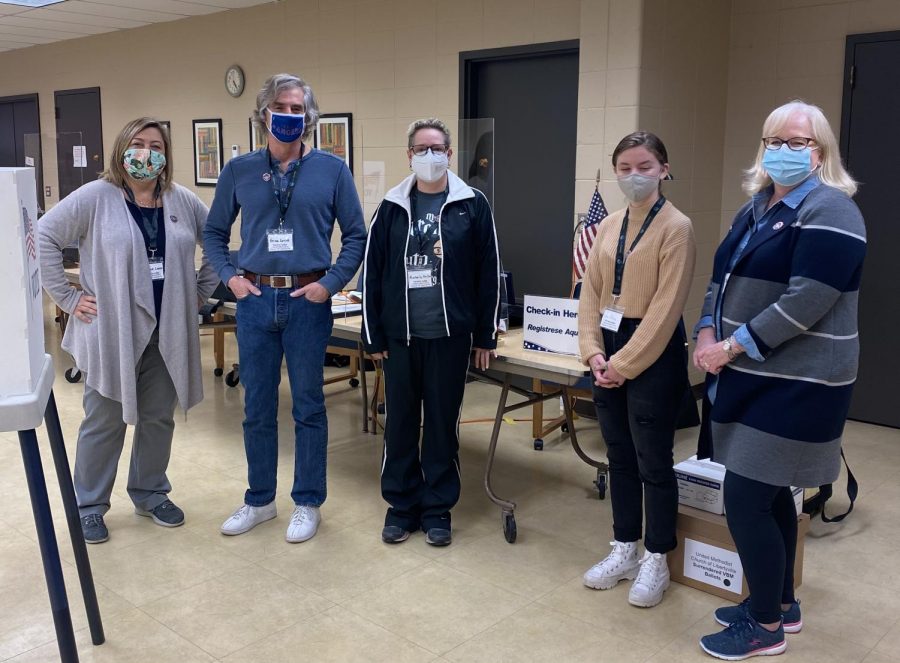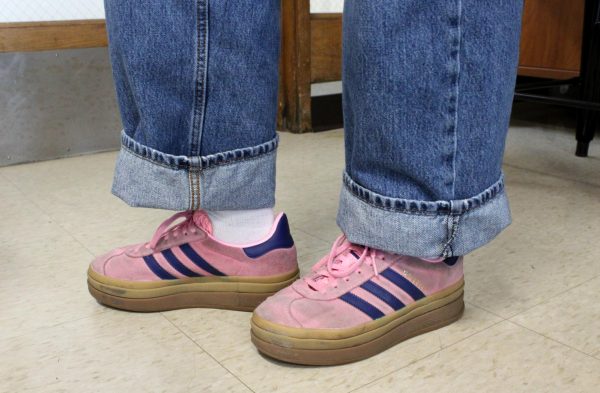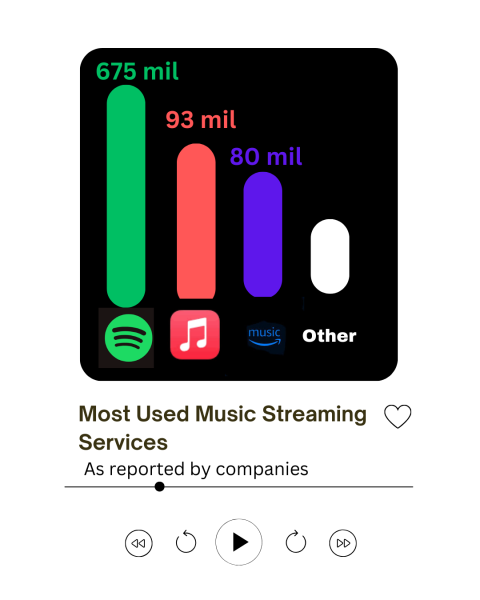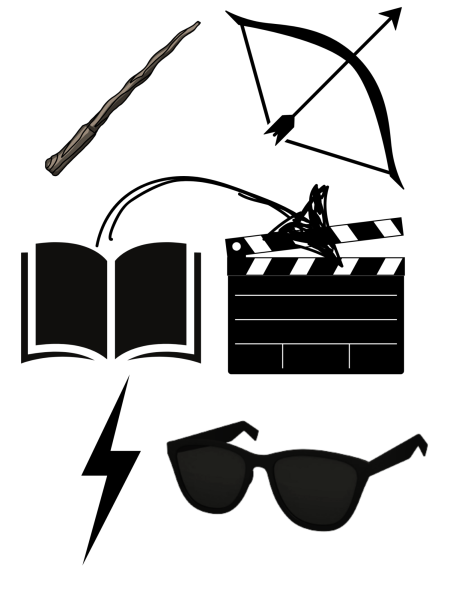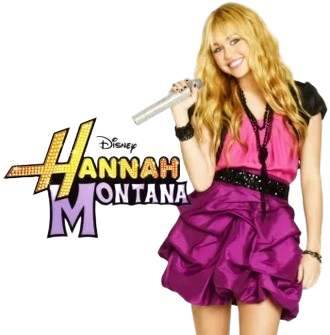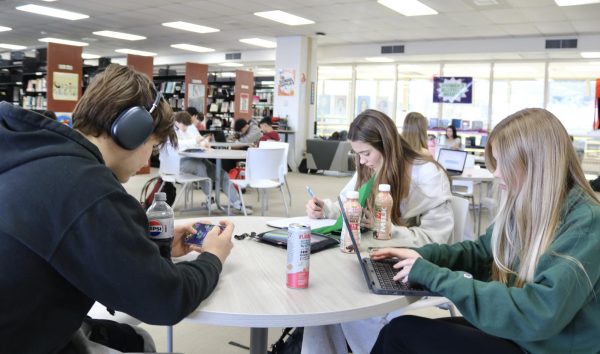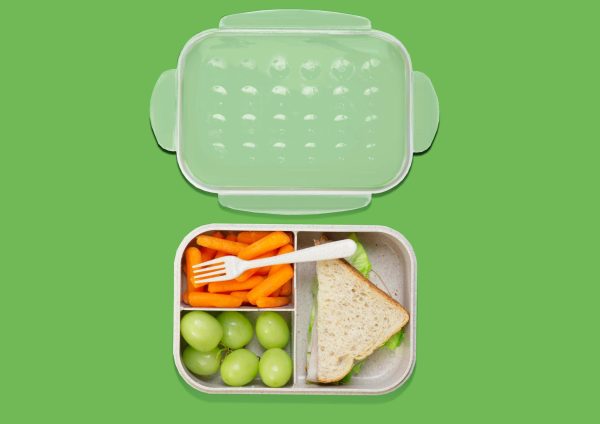A Day in the Life of an Election Judge
Before the polls opened, all of the check-in judges got together for a group photo; I am second from the right. It was everyone’s first time being an election judge.
Tuesday, Nov. 3. Election Day. I woke up at 4 a.m. Way too early if you ask me, but I had to be at the United Methodist Church at 5 a.m. to help set up the polling site. It was my first time being an election judge, and I spent the morning nervous about messing up people’s ballots and worried that there would be long lines of angry people waiting to vote.
In actuality, the first half-hour of voting was the busiest part of the day. Polls opened at 6 a.m., and I worked the check-in table. We only had four computers for five judges, so I spent the morning running back and forth between judges verifying signatures. Each voter’s signature needed to be verified by two election judges and as I was the youngest and only student volunteer, I was picked to be on my feet verifying signatures. Being on my feet was my favorite part of the day. I felt helpful verifying everyone’s signatures and grew confident in my ability to check people in correctly as time passed.
After the heavy stream of voters for the first hour, there wasn’t a line for the rest of the day. Everyone who walked in to vote walked right up to a check-in judge. Based on the media’s portrayal of past elections, I was expecting lines all day.
Around midmorning, I switched jobs with the woman next to me. I took over checking people in on the computer while she ran back and forth verifying signatures. Throughout the day, everyone was cheerful and happy to be there. There were no long, angry lines like I had feared. Families came and voted together, elderly people told us how excited they were to vote, and the entire room would cheer whenever a first-time voter came in.
There was no talk of politics from voters or staff, which came as a surprise to me. Everyone was cordial and polite. Even kids got to participate! The site supervisor had half-sheet sample ballots for kids to fill out. Their options were Abraham Lincoln or George Washington for president. According to the kids, George Washington is our new president-elect. It made my day seeing them introduced to voting in such a fun way.
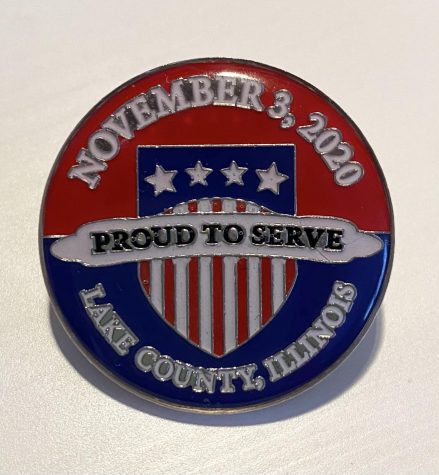
After another rush at lunch, the afternoon was slow. We processed most of our voters in the morning, but we did have our last voter of the day come in 10 minutes before polls closed. At 7 p.m., we cheered as we closed the doors. Then the work truly began.
After cleaning and putting away our judge materials, we had the responsibility of counting the number of ballots (the actual tally of how many votes each candidate received was done elsewhere). First, we had to take the ballots out of the ballot boxes and divide them into the four precincts that were represented at my polling location. Each voter got their ballot from the judge specific to their precinct. Each judge would initial the ballot with a specific colored pen before handing it to the voter. This allowed us to easily divide ballots by precinct based on the color of the initials.
After the ballots were divided up, we had to check each one to see if there were any valid write-in votes. To become a valid write-in vote, a candidate must file with the state prior to the election. (Kanye West was not a valid write-in vote, in case you’re wondering.) Then, we had to count every single ballot to make sure the number of physical ballots matched the numbers on the ballot boxes and on our check-in computers. We processed 583 voters on Election Day. Because of low in-person voter turnout, counting ballots only took an hour.
I enjoyed my time as an election judge. It taught me that the voting process is not as scary or confusing as it seems. I would recommend it to people interested in politics or volunteering in the community. It’s a great way to be a part of the democratic process.



